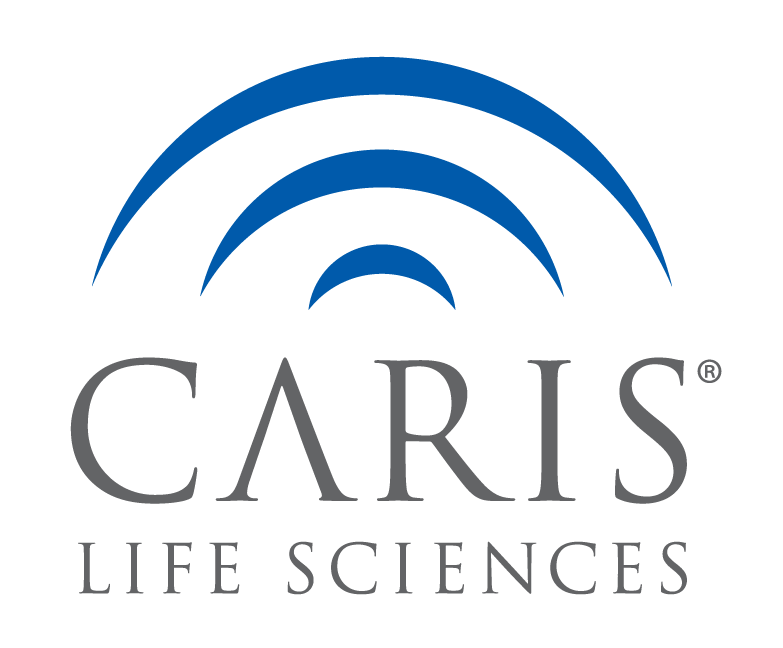
What’s in a Cell?
Video Transcript
Every biological system follows the same flow of genetic information: DNA is used as a template to make RNA, and RNA provides instructions for making proteins.We’ll start with this foundation to better understand the science behind what cancer is, the forces that drive it, and how to detect new biomarkers and treat the cancers they cause. In this video, we will look closely at this concept and how it applies to modern oncology.
WHAT IS A GENE?
When talking about a gene, we are talking about information in the form of the molecule “DNA.” DNA provides the instructions needed to make a functional protein. Proteins are the things in a cell that make the body do everything it does. Proteins are three-dimensional structures that have specific functions. For example, hemoglobin is a protein that carries and delivers oxygen to the muscles. Keratin, on the other hand, is a structural protein that provides rigidity and flexibility to a cell. Additionally, Epithelial Growth Factor Receptor or EGFR, is a protein that recognizes signals outside of a cell and then passes that signal into a cell to tell it whether to grow or not. There are over twenty thousand genes in the genome. Each gene provides the instructions for making a specific protein with a specific function.
WHAT MAKES CELLS UNIQUE?
Every cell has the same genome, or DNA sequence, which contains all the information necessary for creating all the body’s proteins. So, if all cells have the same DNA sequence, what makes a lung cell a lung cell? And, what makes it different from a skin cell or liver cell? If we looked at these three cell types under a microscope, they would look very different from each other. Although each cell contains the master blueprint for making every possible protein, they only make the proteins they need. Cells have excellent control over the genes and the proteins they make. This process is called gene expression. Gene expression gives cells the ability to turn genes on or off, deciding what proteins they want to make. Every function in your body from the color of your eyes to your lungs’ ability to capture oxygen is determined by what proteins are expressed. But the choices are not just “on” or “off.” Gene expression is more like a volume dial than a light switch, controlling how much, or how little, of a protein is made. When problems arise within the DNA, RNA, and protein levels of the cell this prevents the cell from working properly and affects the state of the cell. These situations create opportunities for cancer to form, and because cancer is made from your body’s own cells, these abnormalities can go unnoticed and allow cancer to grow. Caris Life Sciences can help the oncologist figure out exactly where the error in the cell is occurring, and what treatment is most likely to work. Caris was founded with a very simple but powerful purpose: to help improve the lives of as many people as possible. With transformative cancer profiling technologies, we are revolutionizing precision medicine to provide physicians and patients with the highest quality information about their health. Through tireless efforts, breakthrough molecular science and a passionate commitment to quality, we remain steadfastly focused on the most important part of our work: the patient.
Discover
More
Our bodies develop and repair damage because our cells are constantly growing, duplicating their DNA, and dividing. Cancer is uncontrolled cell growth due to mutations in a normal cell that cause it to rapidly continue replicating.
Think of a human body like a house. A house is composed of unique rooms like a bedroom, a bathroom, a kitchen. Each of the rooms has features that provide the room an identity. A bathroom has a toilet and a shower.
